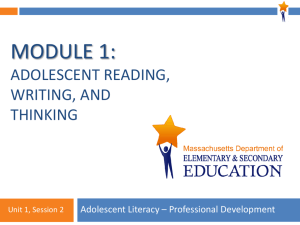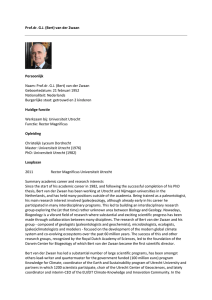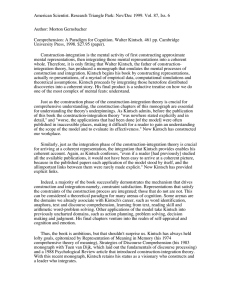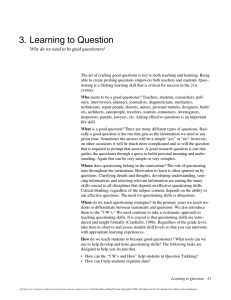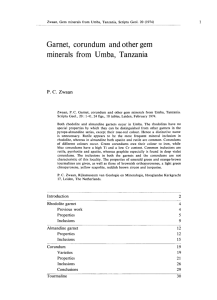abstract - Embodied and Situated Language Processing 2012
advertisement
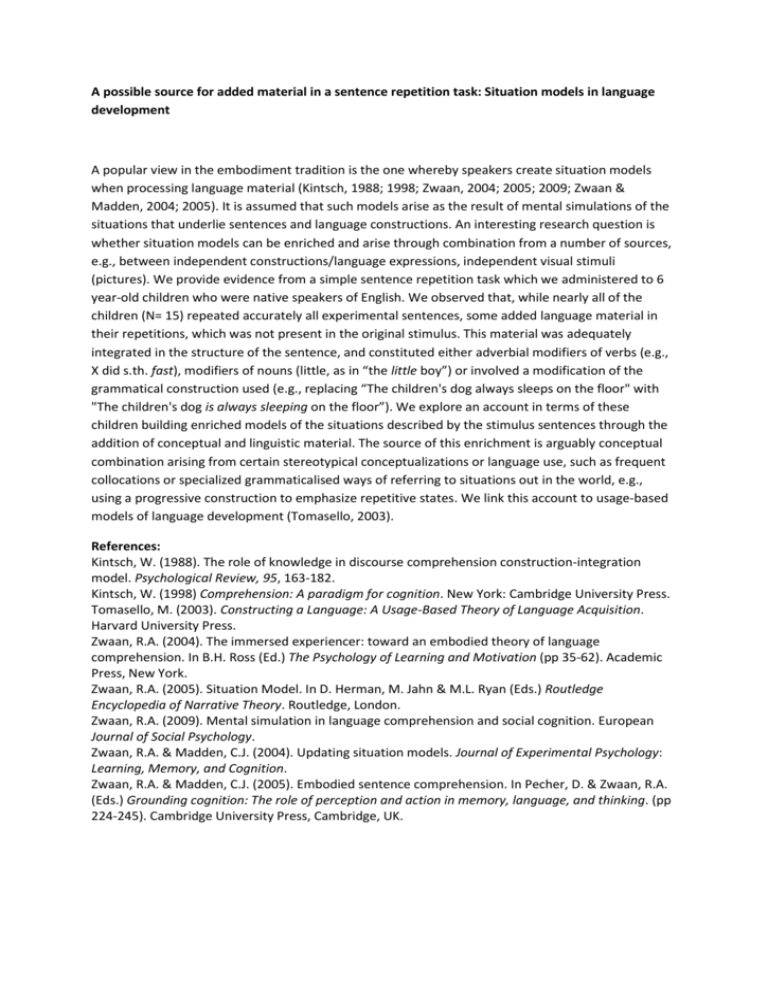
A possible source for added material in a sentence repetition task: Situation models in language development A popular view in the embodiment tradition is the one whereby speakers create situation models when processing language material (Kintsch, 1988; 1998; Zwaan, 2004; 2005; 2009; Zwaan & Madden, 2004; 2005). It is assumed that such models arise as the result of mental simulations of the situations that underlie sentences and language constructions. An interesting research question is whether situation models can be enriched and arise through combination from a number of sources, e.g., between independent constructions/language expressions, independent visual stimuli (pictures). We provide evidence from a simple sentence repetition task which we administered to 6 year-old children who were native speakers of English. We observed that, while nearly all of the children (N= 15) repeated accurately all experimental sentences, some added language material in their repetitions, which was not present in the original stimulus. This material was adequately integrated in the structure of the sentence, and constituted either adverbial modifiers of verbs (e.g., X did s.th. fast), modifiers of nouns (little, as in “the little boy”) or involved a modification of the grammatical construction used (e.g., replacing “The children's dog always sleeps on the floor" with "The children's dog is always sleeping on the floor”). We explore an account in terms of these children building enriched models of the situations described by the stimulus sentences through the addition of conceptual and linguistic material. The source of this enrichment is arguably conceptual combination arising from certain stereotypical conceptualizations or language use, such as frequent collocations or specialized grammaticalised ways of referring to situations out in the world, e.g., using a progressive construction to emphasize repetitive states. We link this account to usage-based models of language development (Tomasello, 2003). References: Kintsch, W. (1988). The role of knowledge in discourse comprehension construction-integration model. Psychological Review, 95, 163-182. Kintsch, W. (1998) Comprehension: A paradigm for cognition. New York: Cambridge University Press. Tomasello, M. (2003). Constructing a Language: A Usage-Based Theory of Language Acquisition. Harvard University Press. Zwaan, R.A. (2004). The immersed experiencer: toward an embodied theory of language comprehension. In B.H. Ross (Ed.) The Psychology of Learning and Motivation (pp 35-62). Academic Press, New York. Zwaan, R.A. (2005). Situation Model. In D. Herman, M. Jahn & M.L. Ryan (Eds.) Routledge Encyclopedia of Narrative Theory. Routledge, London. Zwaan, R.A. (2009). Mental simulation in language comprehension and social cognition. European Journal of Social Psychology. Zwaan, R.A. & Madden, C.J. (2004). Updating situation models. Journal of Experimental Psychology: Learning, Memory, and Cognition. Zwaan, R.A. & Madden, C.J. (2005). Embodied sentence comprehension. In Pecher, D. & Zwaan, R.A. (Eds.) Grounding cognition: The role of perception and action in memory, language, and thinking. (pp 224-245). Cambridge University Press, Cambridge, UK.
